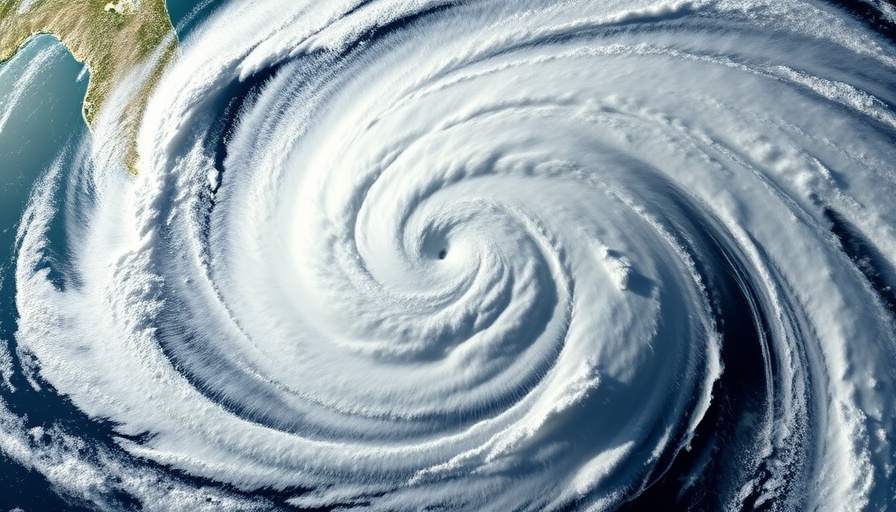
Understanding the 2025 Hurricane Season Outlook
The National Oceanic and Atmospheric Administration (NOAA) recently held a significant announcement regarding the 2025 hurricane season outlook. This annual forecast is crucial for coastal communities and those involved in disaster preparedness strategies. Anticipating the number and intensity of storms can greatly impact safety measures, emergency response planning, and insurance policies. As we've witnessed in past years, severe weather events not only threaten lives but also disrupt local economies.
The Importance of Long-Term Forecasting
Long-term forecasting, like NOAA's hurricane outlook, offers communities insights to prepare more effectively. Knowledge of potential hurricanes can enable residents to secure their homes, stock up on essential supplies, and develop evacuation plans. This foresight is vital for regions prone to hurricanes, many of which are heavily populated during peak storm seasons.
Historical Context of Hurricane Predictions
Looking back, the accuracy of hurricane forecasts has improved dramatically over the last few decades. Innovations in satellite technology and data analytics have made it possible for meteorologists to predict storm paths and intensities with greater precision. Historical data reveals patterns that help scientists form expectations for future seasons; however, unpredictability remains a significant challenge.
The Human Element: How Communities Cope
The emotional and psychological toll of hurricane threats cannot be understated. For many coastal residents, the arrival of a new hurricane season can reignite fears of past storms, leading to anxiety about potential loss and devastation. Community organizations often play a vital role in providing support systems and building resilience among affected populations.
Potential Impacts on Policy and Governance
With the race to combat the effects of climate change, policymakers must consider the information provided in the 2025 hurricane season outlook when shaping disaster management strategies and coastal policies. Discussions on infrastructure improvement and funding for emergency services often stem from these forecasts, emphasizing the need for robust dialogue among stakeholders including local governments, nonprofit organizations, and the public.
How You Can Stay Prepared
Preparedness is key in mitigating hurricane impacts. Knowing the upcoming season's forecast encourages individuals and families to take proactive steps, such as developing a family emergency plan, creating a communication strategy, and educating themselves about local evacuation routes. Utilizing resources from local emergency management agencies will also provide valuable insights into best practices for hurricane preparedness.
As we navigate through what could potentially be an active hurricane season, staying informed and prepared is paramount. Engage with your local community resources to understand the risks and develop a robust plan together. This proactive stance can foster resilience in the face of nature's uncertainty.
 Add Row
Add Row  Add
Add 




Write A Comment